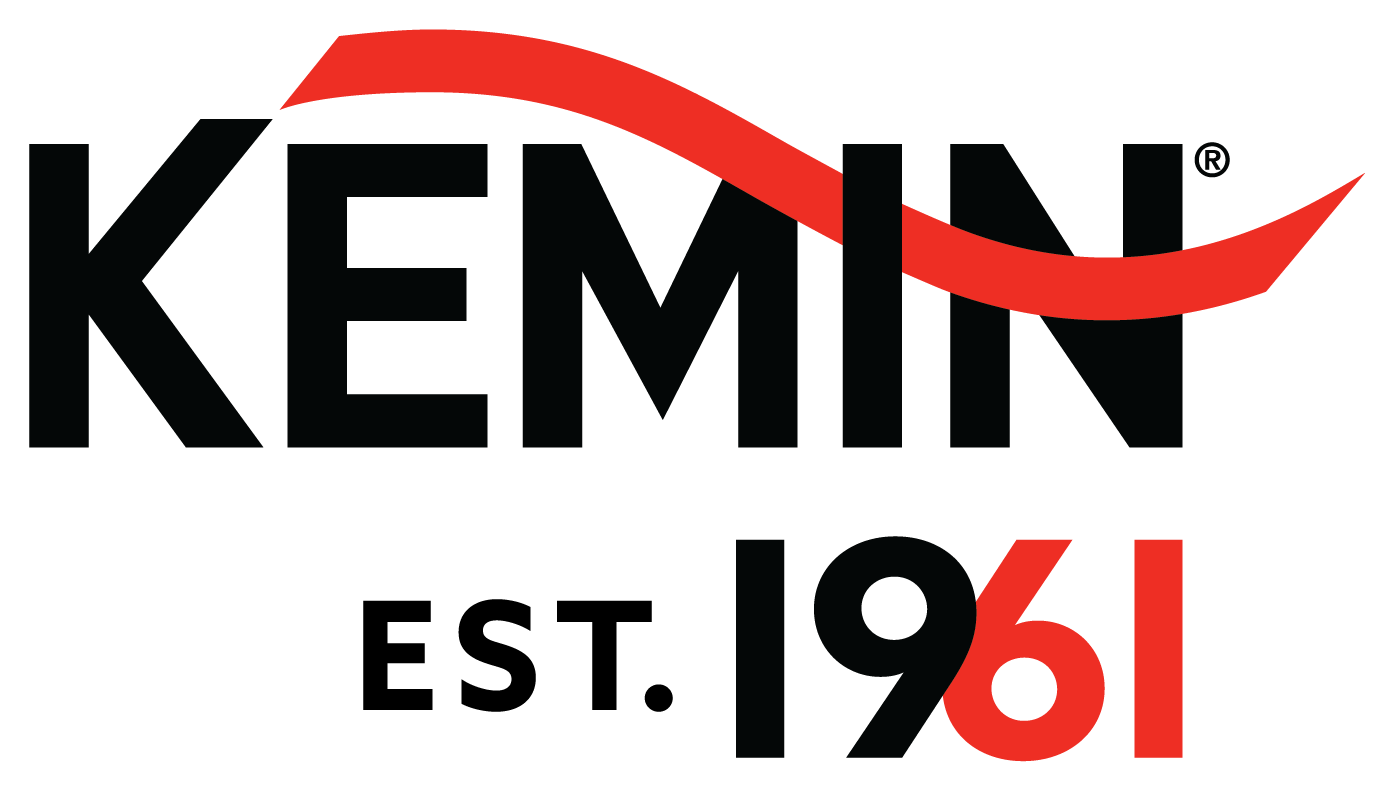Promotional Features
Will cultured meat and plant-based protein alternatives disrupt the food industry?
By 2040, it is estimated that 60% of the 'meat' consumed will come from labs or plant-based alternatives. Here, Kemin takes a closer look at the progress of meat alternatives and analyses the considerable challenges still to be overcome.
In the past few years, increasing awareness has pushed consumer trends towards healthy, plant-based and label-friendly products. Therefore, also protein alternatives for meat are on the rise.
The concept of imitating meat is not new. But with the arrival of cultured meat and the increased popularity of plant-based alternatives, attitudes towards meat consumption are changing. For a number of reasons, more people are becoming vegetarian, vegan or flexitarian. Consumers are continuing to seek substitutes for meat and brands and retailers are making these alternatives easier to find. On top of that, big venture capital firms are investing in cultured meat and products coming from plant-based protein sources.
Therefore, it’s probable that the traditional meat market will get increasingly fragmented because of this shift. In addition, innovative companies, offering meatless alternatives, will take more market share over time. But it won’t happen overnight.
Make the world more sustainable every step of the way
Flexitarians and protein blends
In particular, flexitarianism is booming as many consumers consciously want to decrease their meat consumption. Many alternatives offer a taste of meat, while having the nutritional benefits coming from plants. And today, there are alternatives ranging from plant-based milks to burgers and cheeses. Some manufacturers even aim exclusively at the flexitarian market with products consisting of both animal and plant proteins; closing the gap between meat and vegetarian or vegan products, these offer consumers the best of both worlds.
Right now, a protein source is a key differentiator between new meat substitutes on the market, especially for label-reading consumers looking for healthier food options. Soy remains the most common protein, followed by peas, but many products also now feature a soy-free claim. It is replaced by protein from insects, eggs, hemp, wheat, beans and mushroom, often mixed to attain a unique flavour and texture.
Blending techniques – which combine various plant proteins of different origins in such a way that the final product’s amino acid profile is virtually identical to that of animal proteins – is going to become standard practice in vegan packaged foods as it already is in the sports nutrition sector.
Cultured meat is coming
The plant-based meat market is already well-established, while cell-based meat is relatively new. In this practice, actual animal cells are used, grown in a serum instead that in a lab environment. In fact, such products are meat on a molecular level. While scientists from companies worldwide have successfully created several meat products, they are still figuring out how to shape cultured cells into tissue to achieve the desired texture and mouthfeel of, for example, a steak.
The hope for cell-based meat is that it can eventually meet all the world’s increasing demand. But to achieve that, it’s not enough to be able to make one steak – you need to be able to produce steaks at the same scale as current farms do. So, even though it’s very likely they will succeed in producing cell-grown meat products suitable for consumption, next to texture and taste challenges, there’s the question of scaling it.
Therefore lab-cultured meat has not become widely available as yet. And even though we’re only years from ‘clean’ lab-cultured meats reaching a competitive price, given their industrial and ‘unnatural’ reputation, it’s too soon to tell whether consumers will be prepared to eat meat that was grown in a lab.
Producing high nutritional value products is the biggest hurdle
New ingredients open the door for products with a label-friendly profile as well as delivering the sensory attributes of real meat. And a sustainable protein source should be cost-effective for the formulator and good for the environment. However, the texture, stability and appearance represent significant challenges for scientists working on alternative protein products, while the challenges – including food safety, shelf life, sensory appeal and general health – remain.
Backers of plant-based protein sources say the risk of pathogens and other health problems is much lower with consumption of meat substitutes than with real meat, but in their search for enabling people to eat vegan food without making dramatic changes to their eating habits, some manufacturers may compensate with potentially unhealthy ingredients (for example, salts, fats, sugars, flavour enhancers) to recreate meat texture and taste. Therefore, some of these substitute protein products are not healthier than meat-based fast foods and some manufacturers keep struggling to meet consumers’ sensory expectations altogether. Possibly the biggest hurdle to jump before most people will start implementing alternatives to meat in their daily diets, will be to produce high-quality food products that, despite their reputation of ‘being processed’, have a high nutritional value.
60% of meat consumed coming from labs or plant-based alternatives by 2040
The global population (in 2023 around 8.02 billion) is projected to increase to around 10 billion by 2050. To sustain all these hungry mouths, a gargantuan amount of food is required and the demand for meat will increase. However, according to the Food and Agriculture Organization of the United Nations (FAO), nearly 50% of the worldwide harvest is required to feed the livestock population. This means the global agriculture and meat industries face enormous challenges to meet the growing global demand for food while transforming to a more sustainable meat system.
As the environmental impacts of conventional meat production, alongside ethical and welfare concerns linked to industrial farming, continue to affect consumers globally, the shift towards meat alternatives will overtake traditionally produced animal meat within 20 years. In fact, it is predicted that most of the meat consumed in 2040 will not come from slaughtered animals; according to a report from global consultancy AT Kearney, 60% will be either grown in labs or replaced by plant-based products and cross-blends that have the look, texture, and taste of meat.
Why Kemin?
“As an established player in the industry, Kemin cannot afford to neglect these emerging markets and many of our customers are doing the same,” says the company. “At Kemin we have a range of high-quality products suitable for alternative protein sources, but we continue to invest in studies to refine our range of products and tackle the challenges these new food trends present us.
“We are addressing the current technical and operational challenges inherent to producing meat substitutes and examining the functional and nutritional options open to customers targeting new markets with their protein products. Kemin's product range consists of natural, label-friendly, and organic solutions that meet our customers' expectations for their (alternative) protein sources.
“Kemin continuously invests in new innovative solutions, able to cater to these emerging food markets, while helping to make the world more sustainable every step of the way.”
To discover more about the protection of your plant-based product, contact Kemin here
To find out more about oxidation process and solution, click on the video below:
Sources
1 https://www.worldometers.info/
2 Passport - Innovation in context: meat and fish substitutes (2020)
3 https://www.kearney.com/consumer-retail/article?/a/how-will-cultured-meat-and-meat-alternatives-disrupt-the-agricultural-and-food-industry (2019)
4 Food and Agriculture Organization of the United Nations (FAO), http://www.fao.org
5 Innova Market Insights: Alternative Proteins: New Opportunities in Alternative Protein Sources (2019)
6 Deloitte: Plant-based alternatives | Driving industry M&A (2019)



